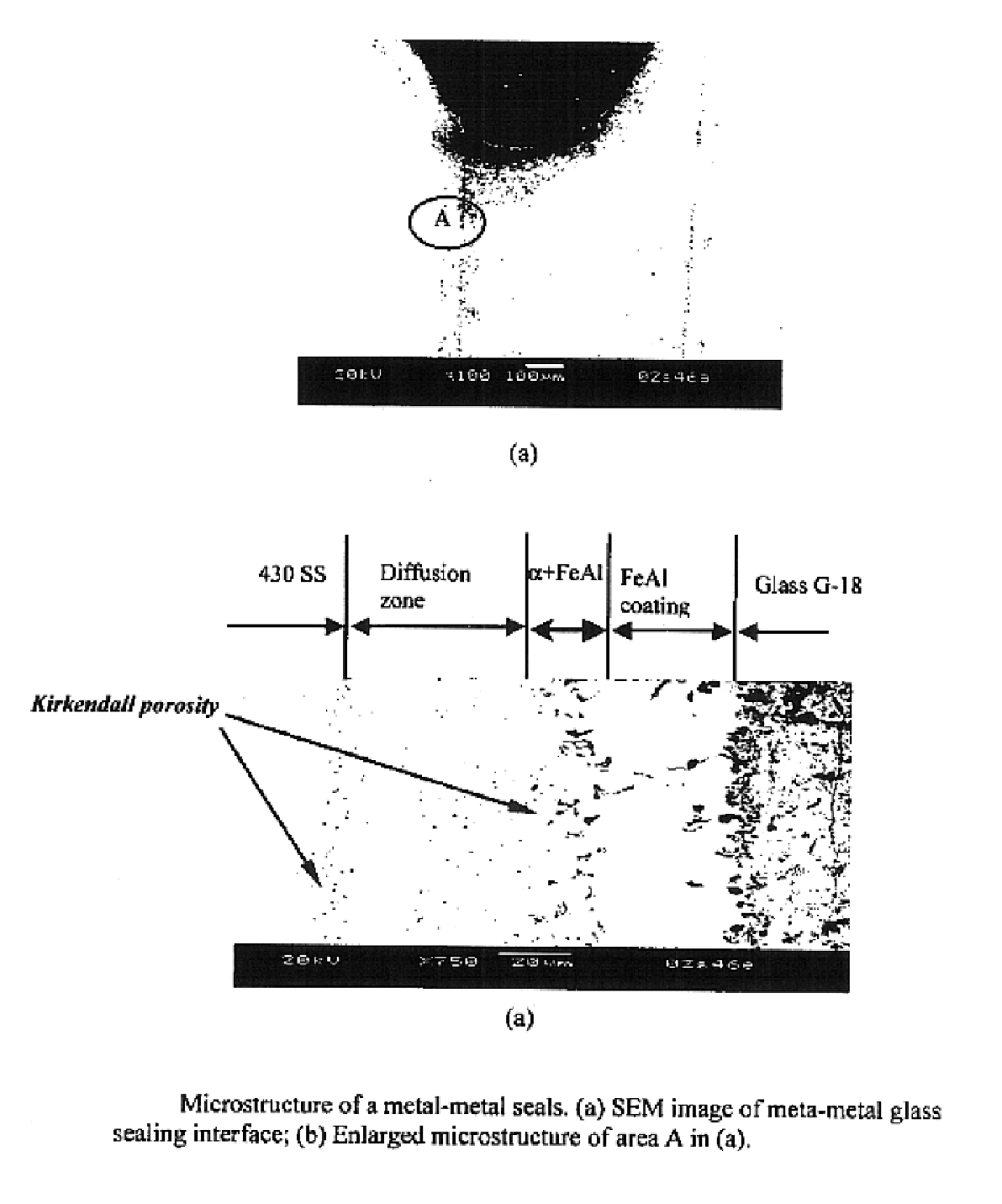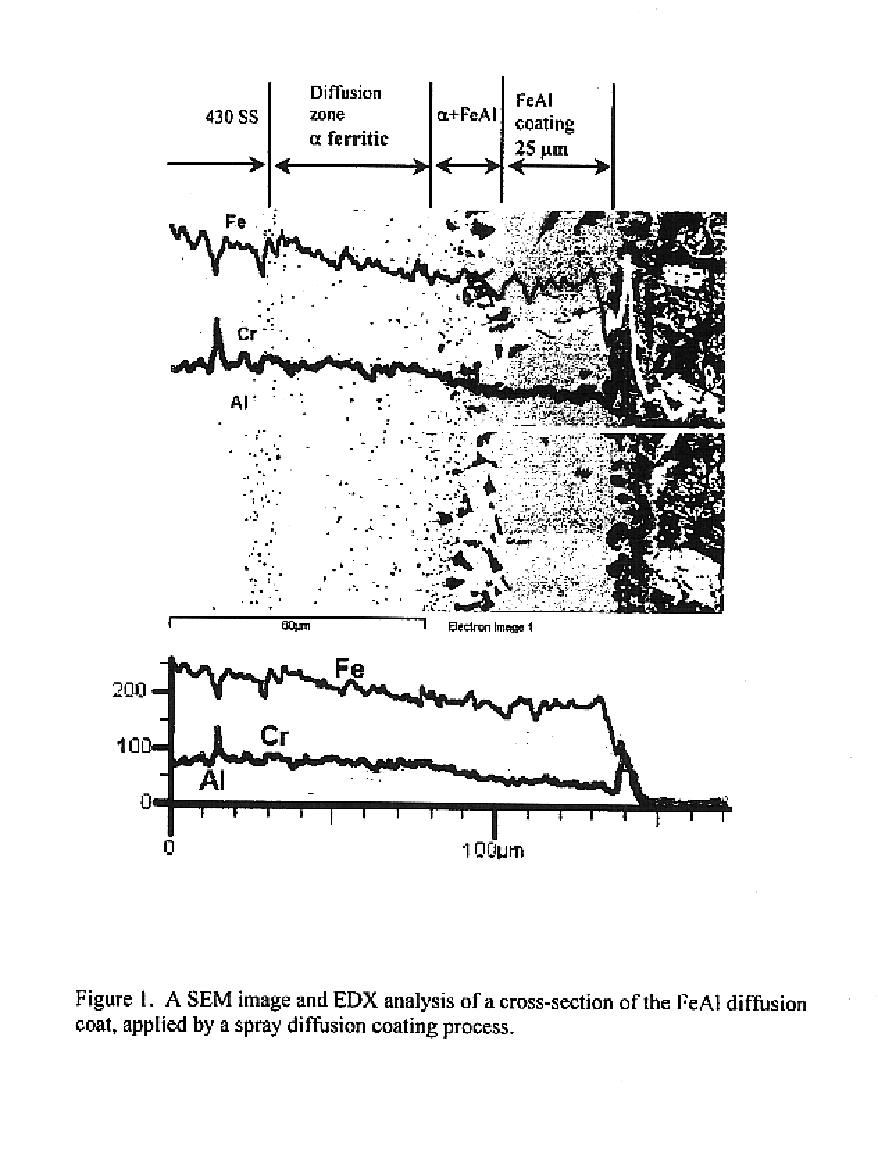Gas-tight metal/ceramic or metal/metal seals for applications in high temperature electrochemical devices and method of making
a technology of metal/ceramic or metal/metal seals and high-temperature electrochemical devices, which is applied in the direction of final product manufacturing, solid-state diffusion coating, fuel cell details, etc., can solve the problems of difficult to establish effective bonding and sealing between metal interconnects and ysz electrolyte, and the use of alumina forming alloys, etc., to achieve improved interfacial bonding strength, improve bonding strength, and reduce roughness
- Summary
- Abstract
- Description
- Claims
- Application Information
AI Technical Summary
Benefits of technology
Problems solved by technology
Method used
Image
Examples
Embodiment Construction
A series of experiments were conducted in accordance with the methods of the present invention. While these experiments are useful to demonstrate certain features and aspects of the present invention, they should in no way be interpreted as an exhaustive demonstration of all of the various aspects of the invention. As will be recognized by those having skill in the art, many of the advantages of the present invention can readily be achieved with significant variations from the experiments described herein, including, without limitation, the selection of the materials, and the methods and operating parameters used to combine those materials. Accordingly, the present invention should be broadly construed to include all such modifications and equivalents thereto that are encompassed by the appended claims.
A first set of experiments was conducted to demonstrate the features of the invention associated with bond coats formed with chromia forming ferritic stainless steels. Ferritic stainl...
PUM
 Login to View More
Login to View More Abstract
Description
Claims
Application Information
 Login to View More
Login to View More - R&D
- Intellectual Property
- Life Sciences
- Materials
- Tech Scout
- Unparalleled Data Quality
- Higher Quality Content
- 60% Fewer Hallucinations
Browse by: Latest US Patents, China's latest patents, Technical Efficacy Thesaurus, Application Domain, Technology Topic, Popular Technical Reports.
© 2025 PatSnap. All rights reserved.Legal|Privacy policy|Modern Slavery Act Transparency Statement|Sitemap|About US| Contact US: help@patsnap.com



